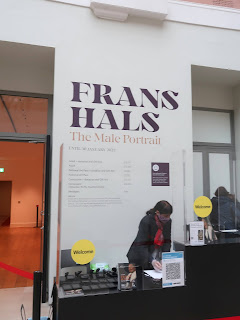Day 11 - a bit of colour
Colour is a complex matter, a science as well as part of art.
When we look at an area of colour it can be described as being made up of 3 variables
Light is a part of the electromagnetic spectrum that humans perceive (via Rods and Cones in their eyes) in a particular way.
Numbers can be apportioned to give a defined colour via
Hue - the attribute of a colour by virtue of which it is discernible as red, green, etc., and which is dependent on its dominant wavelength and independent of intensity or lightness
Tone - this refers to the relative lightness or darkness of a colour. One colour can have an almost infinite number of different tones
and
Saturation refers to the intensity of a colour. This is different from hue, Saturation is the strength of a surface colour, its degree of visual difference from neutral grey.
paint behaves differently from light in mixing, the primary colours with paint are Red Blue and Yellow - mixing these in varying proportions produces tertiary colours - for light it is Red, Green and blue that are mixed.
Big names in colour for modern times are the important Bauhaus figures Johannes Itten and Josef Albers.
As well as reading colour to be a perceived colour there are additional interpretations and effects that include emotive, associative and symbolic.
Having made a collage of half a dozen or so colours (single tone and hue) an exercise was undertaken to enlarge our image and use mixing (of oils) to replicate the image applying oil paint with a palette knife.
 |
| Collage Marked up for copying. |
 |
| Oil paint in a tube |
 |
| Mixing colours is quite a skill |
 |
| So it was new for mew to work with oil and I now realise that colour is a challenge |


Comments
Post a Comment